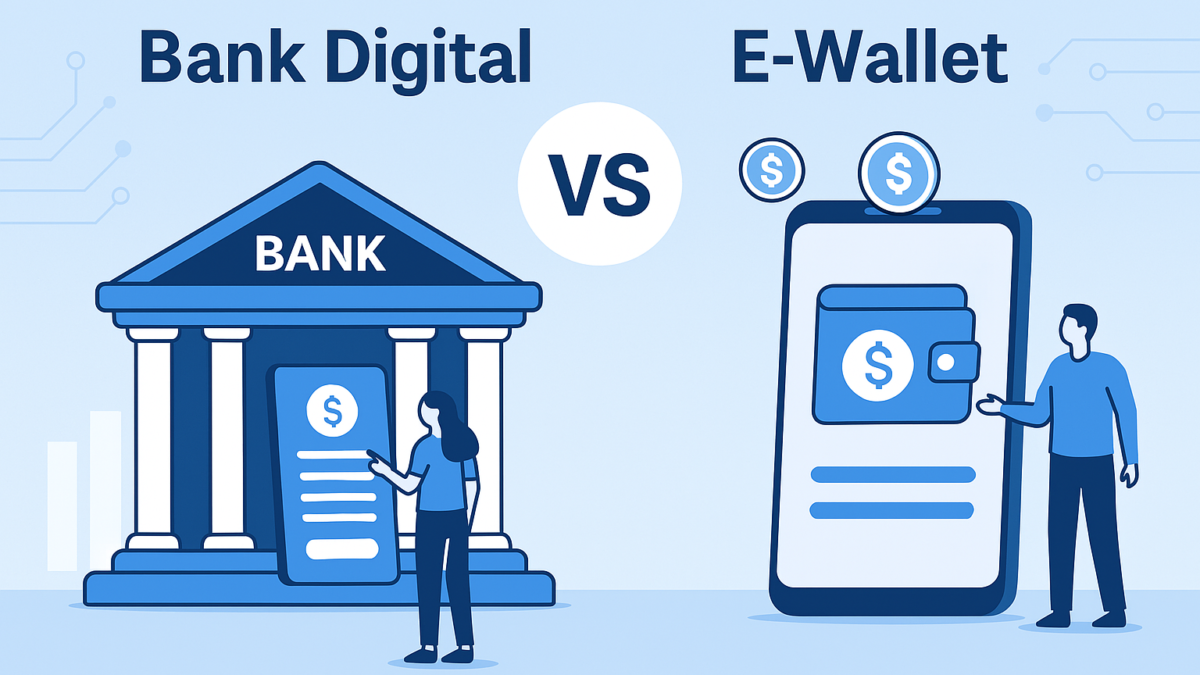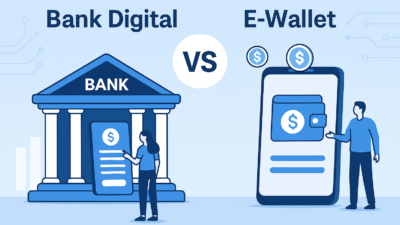Overview
Creating a winning pitch deck can make the difference between securing the funding you need to grow your business and walking away empty-handed. A great pitch deck tells a compelling story about your business, highlights its potential, and convinces investors to join your journey. This guide will help you create a practical, step-by-step pitch deck, drawing inspiration from successful examples while keeping it simple and easy to follow.
What is a Pitch Deck?
A pitch deck is a visual presentation used to communicate your business idea, growth potential, and financial needs to potential investors. Its purpose is to grab attention, provide key insights, and spark interest in your venture.
The Anatomy of a Winning Pitch Deck
Here’s a proven structure for a pitch deck that investors love:
- Title Slide
- Problem
- Solution
- Market Opportunity
- Product or Service
- Business Model
- Traction
- Go-to-Market Strategy
- Financials
- Team
- The Ask
Step-by-Step Guide to Creating Your Pitch Deck
1. Title Slide: Grab Attention Immediately
What to Include:
- Your business name and logo.
- A compelling tagline that summarizes your mission.
- Your name and contact information.
Example:
Airbnb’s Title Slide: “Book Rooms with Locals, Instead of Hotels.”
Pro Tip: Make your tagline easy to remember and directly relevant to your solution.
2. Problem: Show the Need
This slide convinces investors there’s a real, urgent problem that your product or service addresses.
What to Include:
- A clear explanation of the problem.
- Data or quotes that validate the problem.
- Emotional hooks to connect with the audience.
Example:
Dropbox used a simple graphic showing how people struggled to access files from multiple devices, making the problem easy to understand.
Action Step:
Use stats or stories that highlight the pain points of your target audience.
3. Solution: Present Your Product
After highlighting the problem, position your product or service as the solution.
What to Include:
- A clear explanation of how your product works.
- Benefits that directly address the problem.
- Simple visuals like screenshots or mockups.
Example:
Robinhood showed how their app simplified stock trading, highlighting its ease of use and zero-commission model.
Pro Tip: Keep it concise—this slide should focus on why your solution works, not on technical details.
4. Market Opportunity: Prove the Potential
Investors want to know if the market is big enough for your business to thrive.
What to Include:
- Total Addressable Market (TAM): The total market demand for your product.
- Serviceable Addressable Market (SAM): The portion of the TAM your business can realistically target.
- A clear growth trend or opportunity.
Example:
Uber’s pitch deck used simple graphics to show a massive, untapped market for ride-sharing.
Pro Tip: Use third-party data from sources like Statista or IBISWorld to back up your claims.
5. Product or Service: Highlight Features
Dive deeper into your product, showing how it works and what sets it apart.
What to Include:
- Key features or a demo.
- Screenshots, videos, or diagrams to explain functionality.
- Competitive advantages.
Action Step:
Use before-and-after visuals to demonstrate how your product improves the user experience.
6. Business Model: Show How You Make Money
Investors need to see a clear path to profitability.
What to Include:
- Revenue streams (e.g., subscription fees, one-time sales).
- Pricing model.
- Key metrics like customer acquisition cost (CAC) and lifetime value (LTV).
Example:
Spotify’s pitch deck emphasized their freemium model, explaining how free users converted into paying subscribers.
Pro Tip: Simplify complex numbers with graphs or charts.
7. Traction: Prove It’s Working
Highlight your progress to show that your idea isn’t just theoretical.
What to Include:
- Metrics like revenue, user growth, or customer testimonials.
- Partnerships or contracts secured.
- Press mentions or awards.
Example:
Airbnb used data to show rapid growth in bookings, proving they had a viable business.
Pro Tip: Even if you’re early-stage, show small wins like early user feedback or pilot results.
8. Go-to-Market Strategy: Explain How You’ll Scale
Investors need to know how you plan to acquire and retain customers.
What to Include:
- Marketing strategies (e.g., social media, paid ads, partnerships).
- Sales funnel overview.
- Cost of acquisition versus customer lifetime value.
Example:
Square outlined their strategy for expanding into small businesses by highlighting partnerships and in-person sales tactics.
Pro Tip: Keep it practical—investors want to see how you’ll grow in the real world, not hypothetical ideas.
9. Financials: Provide the Big Picture
Be transparent about your numbers. Even if you’re pre-revenue, show projections based on sound reasoning.
What to Include:
- Revenue projections for 3-5 years.
- Key expenses.
- Break-even analysis.
Action Step:
Use clean, simple charts to highlight key figures. Avoid overwhelming investors with too much detail.
10. Team: Highlight Your Strengths
Investors often bet on people, not just ideas. Show why your team is the right one to succeed.
What to Include:
- Key team members, their roles, and relevant experience.
- Advisors or industry experts involved.
- Your passion or unique connection to the problem.
Example:
Tesla’s pitch deck highlighted Elon Musk’s prior success with PayPal, building trust in his leadership.
Pro Tip: If you’re a solopreneur, emphasize your network, partnerships, or relevant experience.
11. The Ask: Be Clear About What You Need
Close with a specific and confident request for investment.
What to Include:
- The amount of funding you’re seeking.
- How you’ll use the funds (e.g., product development, marketing).
- The expected impact (e.g., reaching X users or achieving Y revenue).
Action Step:
Break down funding needs into categories with clear percentages (e.g., 50% for marketing, 30% for development).
Practical Tips for a Winning Pitch Deck
- Keep it Visual: Use images, charts, and minimal text—investors prefer visuals over walls of text.
- Tell a Story: Make your pitch flow naturally, like a story, from problem to solution to success.
- Practice Delivery: Rehearse your pitch to ensure you can deliver it confidently and answer questions.
- Tailor to Your Audience: Research each investor and tweak your deck to align with their interests or portfolio.
Success Story: Airbnb’s Pitch Deck
Airbnb’s pitch deck is a legendary example of simplicity and clarity. It used:
- A bold tagline: “Book Rooms with Locals, Instead of Hotels.”
- Clear problem and solution slides that anyone could understand.
- Data showing rapid growth and market potential.
This straightforward approach helped them raise $600,000 in seed funding, eventually becoming a billion-dollar company.
Example of Pitch Deck
I have created a PowerPoint template for the pitch deck. You can download it using the link below:
Download Winning Pitch Deck Template
Feel free to customize it as needed!
Final Thoughts
Creating a winning pitch deck isn’t about stuffing it with every detail of your business—it’s about telling a clear, compelling story that resonates with investors. Focus on highlighting the problem, your solution, and the potential for growth, while keeping the presentation clean and visually appealing.
Follow this step-by-step guide, study successful examples like Airbnb or Spotify, and most importantly, practice your delivery. With a well-crafted pitch deck, you’ll be one step closer to securing the investment your business needs to thrive.
Are you ready to build your winning pitch deck? Start crafting your story today!
















